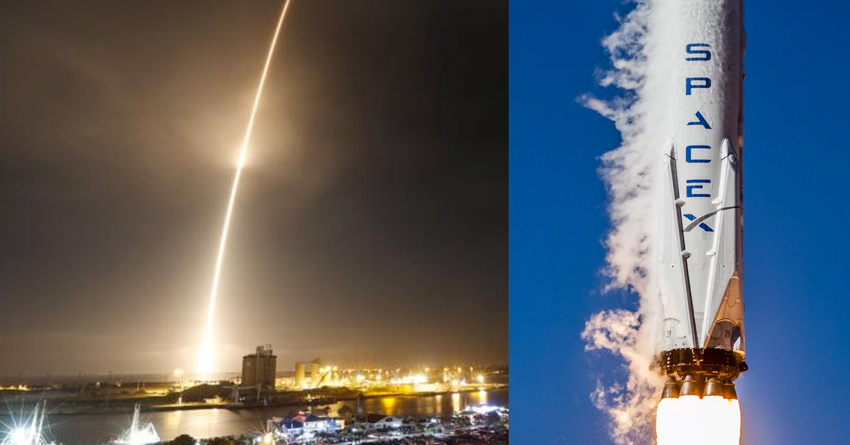Last Thursday, SpaceX successfully re-used a previously flown rocket to launch a payload into orbit.
Sure, NASA had re-cycled rocket parts before. That is, the U.S. space agency had recovered spent rockets.* But those were rebuilds.
SpaceX’s most recent triumph was to launch a “stage one” rocket that had gone into space before —and returned. Last April it delivered a payload to the International Space Station and then safely touched down vertically** — just like in 1950s sci-fi!
You could see the evidence: the weathered look of the rocket fuselage.
This Falcon 9 rocket not only placed its Luxembourg-owned SES-10 into orbit last week, it then returned — again! — to its ocean “drone ship” platform.
A new age in space commerce thereby hit a new landmark.
Or would that be “spacemark”?
Re-using a rocket is like how airlines re-use jet aircraft. Less waste, expense. Making the whole industry more viable. The technology and expertise to safely land and recover the rocket is astounding.
Alas, videocasting of the most amazing part of the effort, the landing and recovery of the Falcon 9 rocket, failed — noticeable by its lack in both the live Periscope feed and the YouTube archive. But we had seen that very same rocket land last April, onto SpaceX’s charmingly named droneship, Of Course I Still Love You.
Ocean mark? Drone mark? It hit the mark, whatever you call it.
Elon Musk, head of SpaceX, had every reason to breathe a sigh of relief, as well as engage in some apt exultation, after the mission.
We can, too. Space industry privatization and progress? Actually happening.
This is Common Sense. I’m Paul Jacob.
* The Space Shuttle was a different technology entirely, a re-usable spacecraft. What we are talking about today is the powerhouse stage-one booster rocket, like the old Saturn V that the Apollo program famously exploited.
** The Space Shuttle, remember, landed horizontally, like an airplane. Future re-usable manned spacecraft will no doubt do this. A private return-entry spacecraft, like Virgin Galactic’s SpaceShip Two, put into orbit by a re-usable Falcon 9 rocket, would be the next logical new achievement. Though, obviously, these are different companies with tech that is not, I think, meant to work together.

